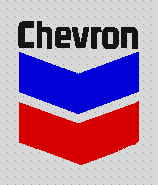

Chevron is one of many oil patch companies which uses EDI as their main tool for transferring invoices, service orders, and other financial forms between itself and it's competitors, distributors and retailers.
Chevron currently uses EDI for 2 major Financial Areas
If Chevron and one of it's distributors or competitors decide to form a EDI partnership the following should be agreed upon usually in a binding contract, this usually is done through some form of committee with representatives from all interested companies.
Process Chevron follow in transmitting and receiving information using EDI
If Chevron wishes to send a invoice or purchase order to a distributor or competitor it will do the following: